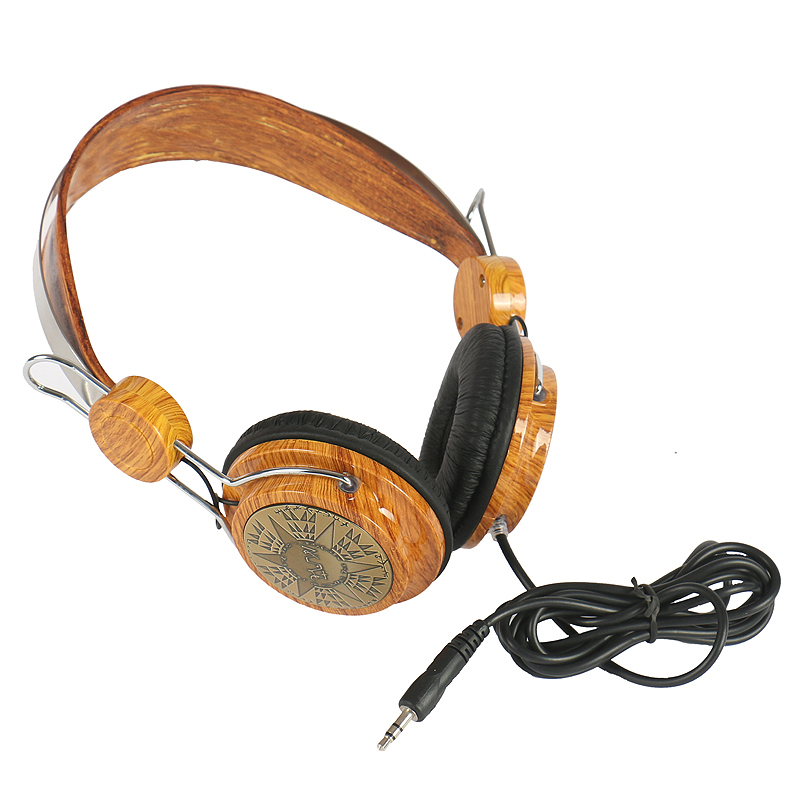[Source: "High-tech LED-technology and application" April issue Xu Yongxian]
As a pioneer in global lighting tools, incandescent lamps are gradually being replaced by new generation lighting tools (LEDs), which are gradually fading out of people's lives. The color variety, brightness and power of LEDs have changed dramatically over the past few years. As a new high-efficiency solid-state light source, LED has the advantages of small size, energy saving, environmental protection, etc., so it is widely used in indicators, displays and backlights, and plays an unparalleled role in traditional light sources; They have not yet been fully functional in the home and public lighting arena.
Silicone materials are laying the foundation for LED lighting tools to enter thousands of households with their excellent performance.
An LED is a light-emitting semiconductor material that is a light-emitting display device that can directly convert electrical energy into light energy. The heart of the LED is a semiconductor wafer that emits light when powered. The light source can be controlled by a concentrating lens or a diverging lens, which is usually made of a material such as silicone rubber/silicone, plastic, glass, or the like. LEDs are widely used in the fields of screen display systems, indicator lights, mobile phones or digital products, etc. due to their advantages of easy control, low-voltage DC drive, low power consumption, high stability, short response time, and multi-color illumination. The application of landscape lighting, interior lighting, car lights, and mining lamps has also been actively developed; however, the use of LEDs in the field of power lighting is still immature.
At present, the packaging material of LED is mainly epoxy resin; however, its heat resistance and light resistance are insufficient, and it is easy to turn yellow due to heat, which cannot meet the packaging requirements of high-brightness light-emitting diodes (high-power LEDs).
The silicone material has good optical properties, light transmittance of over 90%, no yellowing under weather resistance, heat resistance and high temperature environment, can attract impact, good adhesion, softness and environmental protection, so it is gradually replacing epoxy resin into LED. The main bonding, packaging, coating and optical materials. The application of silicone materials in the field of LED production has undoubtedly become an important factor driving the development of LED lighting.
For more information, please refer to the April issue of "High-tech LED-Technology and Applications" magazine.
As a pioneer in global lighting tools, incandescent lamps are gradually being replaced by new generation lighting tools (LEDs), which are gradually fading out of people's lives. The color variety, brightness and power of LEDs have changed dramatically over the past few years. As a new high-efficiency solid-state light source, LED has the advantages of small size, energy saving, environmental protection, etc., so it is widely used in indicators, displays and backlights, and plays an unparalleled role in traditional light sources; They have not yet been fully functional in the home and public lighting arena.
Silicone materials are laying the foundation for LED lighting tools to enter thousands of households with their excellent performance.
An LED is a light-emitting semiconductor material that is a light-emitting display device that can directly convert electrical energy into light energy. The heart of the LED is a semiconductor wafer that emits light when powered. The light source can be controlled by a concentrating lens or a diverging lens, which is usually made of a material such as silicone rubber/silicone, plastic, glass, or the like. LEDs are widely used in the fields of screen display systems, indicator lights, mobile phones or digital products, etc. due to their advantages of easy control, low-voltage DC drive, low power consumption, high stability, short response time, and multi-color illumination. The application of landscape lighting, interior lighting, car lights, and mining lamps has also been actively developed; however, the use of LEDs in the field of power lighting is still immature.
At present, the packaging material of LED is mainly epoxy resin; however, its heat resistance and light resistance are insufficient, and it is easy to turn yellow due to heat, which cannot meet the packaging requirements of high-brightness light-emitting diodes (high-power LEDs).
The silicone material has good optical properties, light transmittance of over 90%, no yellowing under weather resistance, heat resistance and high temperature environment, can attract impact, good adhesion, softness and environmental protection, so it is gradually replacing epoxy resin into LED. The main bonding, packaging, coating and optical materials. The application of silicone materials in the field of LED production has undoubtedly become an important factor driving the development of LED lighting.
For more information, please refer to the April issue of "High-tech LED-Technology and Applications" magazine.

Wooden Headphones are a type of headphones that is different from metal and plastic materials. Wooden headphone can let you enjoy the wonderful music. However, Wooden Wireless Headphone has strict standard of select materials. This is more related to personal preferences. If the density of wood is large, the dampen will be lower, it is easier to drive. If the density of wood is small, the ability to isolate noise is relatively weak. Therefore, we need to choose the earphone that suits us according to the sound prefer by our ears.

Wooden Headphones
Wood Headphones,Wood Earphones,Wooden Headphones,Wooden Wireless Headphones
Shenzhen Linx Technology Co., Ltd. , https://www.linxheadphone.com